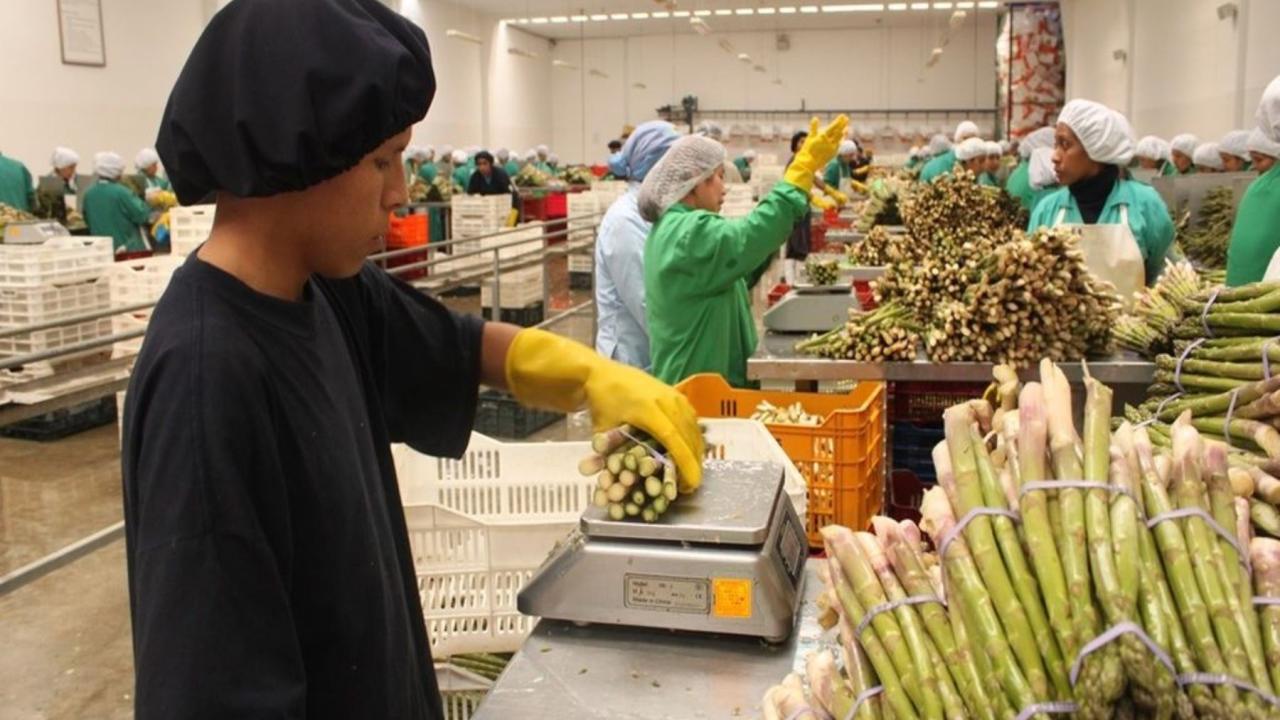
They expanded by 1,235%, according to DP World based on figures from Sunat.
In an increasingly interconnected world, ports are essential for the exchange of 90% of global goods, including products used in households such as food.
During his presentation at the Expoalimentaria 2024 Fair, DP World CEO for Peru and Ecuador, Carlos Merino, explained that between 2000 and 2023, Peruvian agricultural exports increased from a total of US$ 786 million to more than US$ 10.5 billion, according to figures from the National Superintendency of Customs and Tax Administration (Sunat).
In this way, Peruvian agricultural exports have expanded by 1,235% in the last 23 years, according to figures from Sunat.
"This exponential growth was driven by several factors: Peru's geographical conditions, our variety of products, the Free Trade Agreements (FTAs) in force and the technological advances implemented in the industry," said Carlos Merino.
As a cross-cutting factor to these, there is the investment in the modernization of port terminals in the country, which has been directly proportional to this growth, he noted.
He said that between January and August 2024, more than 174,000 TEUs of national agro-industry products were exported through Peruvian port terminals (each TEU is equivalent to one container).
Of this total, 37.4% was exported through the South Dock of the port of Callao and 26.9% was shipped from Euroandino Port Terminals in Paita (a terminal in which DP World has a 50% stake).
Grapes, avocados, tangerines, bananas, blueberries, cocoa, mango and coffee are among the Peruvian agricultural export products most in demand in international markets.
“The development of national agro-industry companies has diversified the country's export basket and some fruits such as avocados, grapes and blueberries have become key generators of income, thus boosting employment and reducing poverty in regions in the north and south of Peru. The countries or groups that are the main importers of Peruvian fruits are the United States and the European Union,” said Merino.









